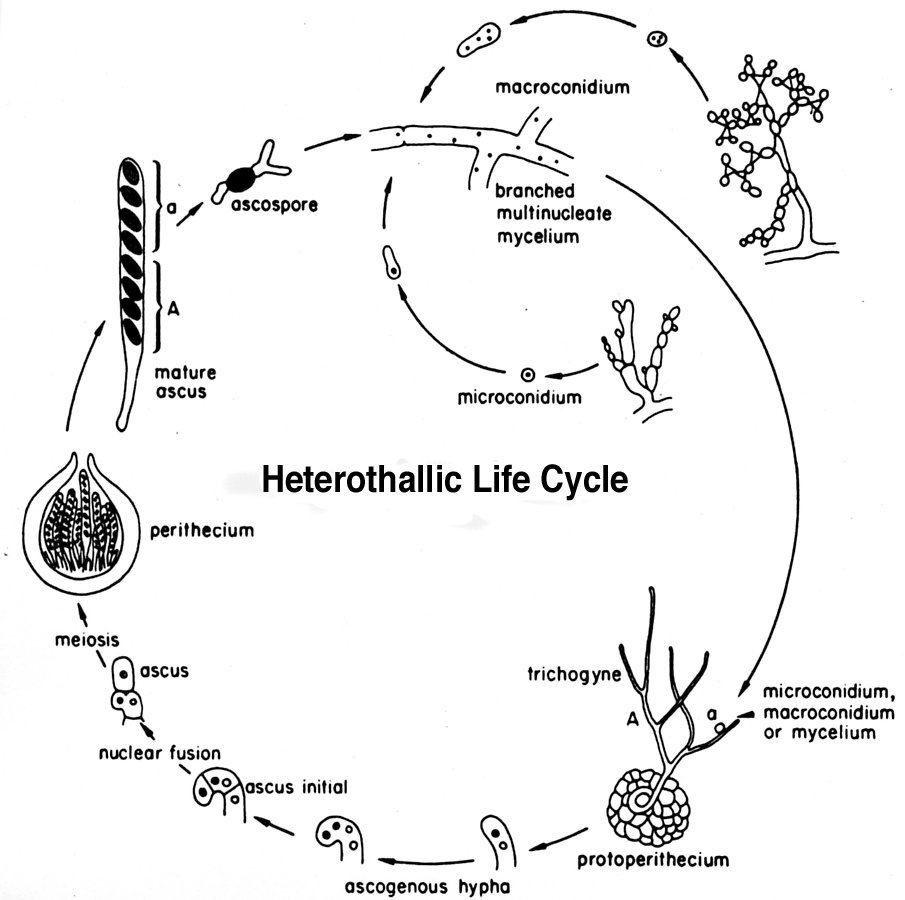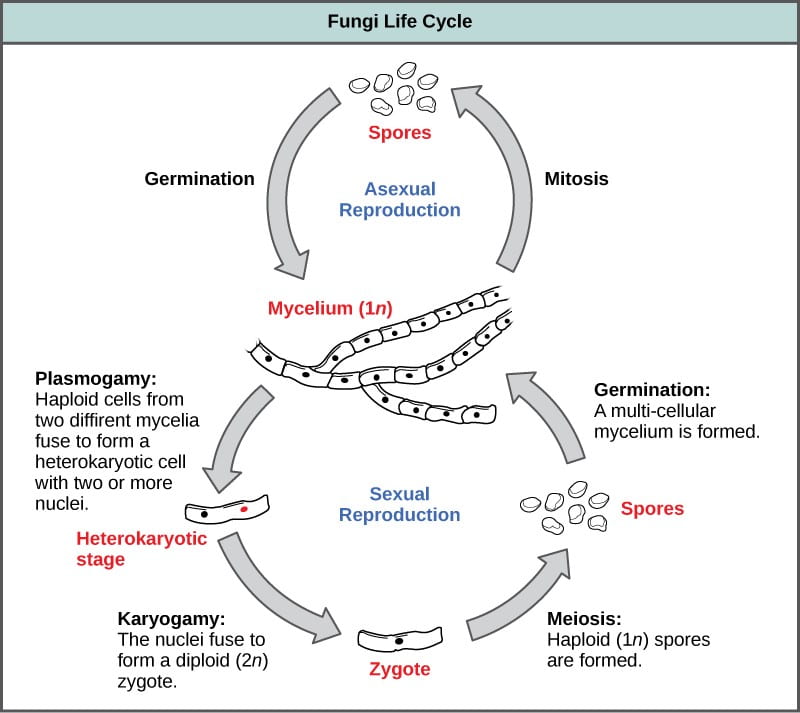fungi life cycle pdf
Intercellular hyphae of many fungi especially of obligate parasites of plants fungi causing downy mildews powdery mildews and rusts obtain nutrients through haustoria. Evolution Characteristics and Life Cycle Author.
Kulat breeding cycle.

. The basidiospores germinate and grow into short. Deuteromycetes - fungi imperfecti 1. Not all fungi reproduce in the same way.
Fungi store their nourishment in the form of starch which they consume as they grow. They obtain their nutrients by absorption. All about spores and how they work in your garden ecosystem to help.
Therefore we are going to look at the life cycle of a fungi in asexual and sexual stage. Can be used to produce drugs antibiotics alcohol acids food eg fermented products mushrooms. Lived haploid mycelia O When mature.
Reproduction is by budding of yeast cells. Fertile layer with asci 4. Tropical orchids produce protocorms that quickly turn green and develop leaves.
Individuals are formed without the production of. The whole life cycle of wood-loving macro-fungi from mushroom back around to mushroom. Candida albicans ascomycete is an asexual animal pathogen.
Some reproduce only sexually others only asexually. Ascomycota - Life cycle 1. Formation of Zygospore ascospores or basidiospores.
Beneficial Effects of Fungi Decomposition - nutrient and carbon recycling. In fungi a process known as alternation of generation occurs. All fungi begin their life cycle in.
The dikaryotic phase in which cells in a fungal mycelium have two nuclei. Explain the action of mycorrhizae. Bernice Speer Last modified by.
On-screen Show Other titles. In the last chapter we looked at the importance of mycorrhizae to plant nutrition. Bernice Speer Created Date.
Not all fungi reproduce in the same way. Asexual reproduction via conidia F. Protocorms Orchid seeds germinate into protocorms that occur in a variety of shapes.
Manybut not allfungi reproduce both A Figure 315 sexually and asexually. All fungi possess cell wall made of chitin. Copy link Link copied.
Nucleus and Cell walls composed of chitin. The body of a fungus consists of hyphae which make up the mycelium. Not a true phylum not a natural group.
The mycelium continues to grow until the right environmental conditions trigger it to grow into a tightly packed above-ground mass. Thus begins a phase of life that is unique to fungi. Kulat breeding cycle.
Eight ascospores per ascus sac 5. 9272008 83607 PM Document presentation format. In the life cycle of a sexually reproducing fungus a haploid phase alternates with a diploid phase.
What material is found in the cell wall of fungi. While some fungi reproduce sexually others reproduce asexually. The mature fruiting body or mushroom also consists of hyphae with two nuclei per cell.
- Asexual - Sporangia produces haploid spores. Most of the molds indoors are considered to go through a four-stage life cycle. Fungi are non-vascular non-motile and heterotrophic eukaryotic organisms.
Reproduction in fungi A. Life cycle of Rhizopus Asexual reproduction Sporangiophores grow up from the substrate Cells within the sporangium divide by mitosis to produce spores haploid The sporangium dries out in the right conditions and opens releasing many spores. Cycles in fungi beginning with relatively simple life cycles Please realize that each of the major groups of fungi has a diversity of life cycles beyond those listed here.
- Asexual - Sporangia produces haploid spores. Which letters are haploid diploid and nursing. Plant organs as some point in their life cycle without carrying apparent harm to their host as well as remained internal pathogen in the endophyte category 7.
While some fungi reproduce sexually others reproduce asexually. Generalized life cycle Of fungi. Brassicae by undergoing rapid cell expansion and division forming galls that require.
With the host protoplasm. Formed on or in specialized structures. Fungi lack chlorophyll and thus cannot photosynthesis.
Kulat breeding cycle. Model organisms for biochemical and genetic studies. Fungi with no known sexual.
Kulat breeding cycle. Biology of Fungi Lecture 2. They might be filamentous or unicellular.
Filamentous fungi possess a yeast-like phase at some point in their life cycle. Life cycle of fungi. Concept 312 Fungi produce spores through sexual or asexual life cycles.
How fungi establish themselves and how you can help make this happen in your garden. Life Cycle of Fungi. Fungi early in their lives.
Sexual Reproduction of Fungi Spore Haploid. Monokaryotic mycelium uninucleate Mycelium contains single nucleus that usually forms part of haplophase in the life cycle of fungi. Haploid n General Fungal Life Cycle Heterokaryotic Diploid 2n PLASMOGAMY fusion of cytoplasm Heterokaryotic stage Spore-producing Spores n ASEXUAL REPRODUCTION Mycelium SEXUAL REPRODUCTION KARYOGAMY fusion of nuclei Zygote 2n GERMINATION GERMINATION MEIOSIS Spores n Fungi Chytrids 1000 species Zygomycetes 1000 species.
Studies on endophytic fungi started nearly two hundred years ago when Person 1772 8 described the species Sphaeria typhinia now called as Epichloe typhinia pers Tul. Many lichen fungi too. The life cycle of fungi has many different patterns based on the species of the fungi.
These are called sporangiophores. Harmful Effects of Fungi Destruction of food lumber paper and cloth. Their tips swell to produce a sporangium.
Spore germ hypha mature mycelium. Are chemoheterotrophs require organic compounds for both carbon and energy sources and fungi lack chlorophyll and are therefore not autotrophic. How fungi are different from plants and actually are a lot more like animals this includes you.
Terrestrial orchids produce protocorms that may remain belowground for several years before they emerge and produce their first leaves. The basidiospores are ejected and. Plasmodiophora brassicae l Infection of plant roots leads to club foot l Plant responds to infection by P.
Diversity of Fungi Page 4 of 16 u Phylum Plasmodiophoromycota Q Obligate intracellular parasites of plants algae or fungi Q Best example. - Asexual - Sporangia produces haploid spores. The life cycle of fungi has many different patterns based on the species of the fungi.
Each spore will grow into a new hypha and mycelium if it lands on a suitable substrate. Spores are used for replicating. It is the t ype of r eproduction which involves the so matic portion of the fungal thallu s where new.
The haploid phase ends with nuclear fusion and the diploid phase begins with the formation of the zygote the diploid cell resulting from fusion of two haploid sex cellsMeiosis reduction division restores the haploid number of chromosomes and initiates. Kulat breeding cycle.

Diagram Of Monocyclic Yellow And Polycyclic Yellow And Blue Fungi Download Scientific Diagram

Basidiomycota Life Cycle Study Com

3 Life Cycle Of A Heteroecious Macrocyclic Rust Fungus Melampsora Download Scientific Diagram

Fungi Ii Phyla Ascomycota And Basidiomycota Biology 110 Master Confluence Biology Life Cycles Fungi
Fungi General Characteristics Classification Morphology Pathogenecity

Life Cycle Of A Macrocyclic Heteroecious Rust A Mature Diploid Download Scientific Diagram

24 3b Zygomycota The Conjugated Fungi Biology Libretexts

Plasmogamy An Overview Sciencedirect Topics
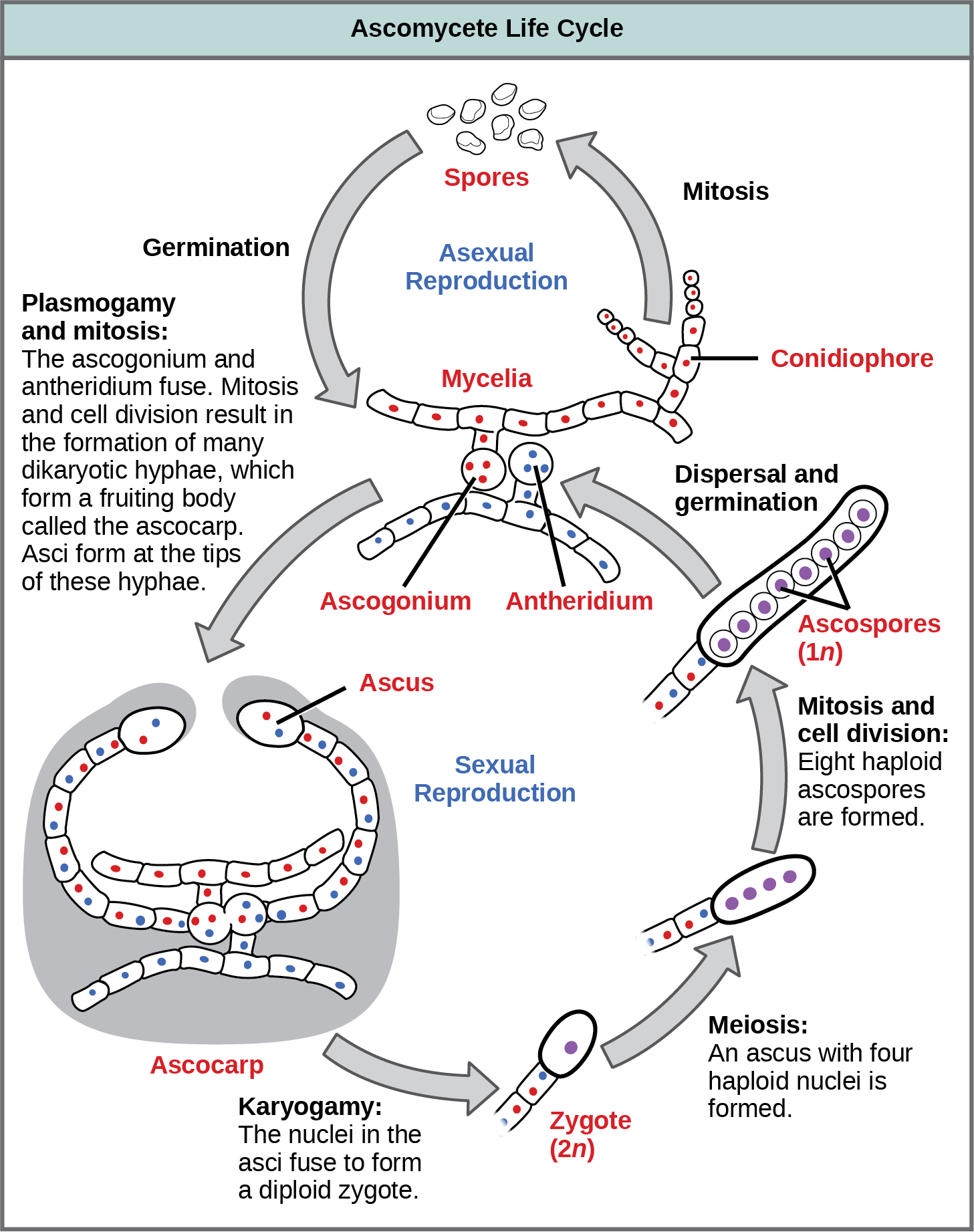
Classifications Of Fungi Biology 2e

Advanced Mycelium Materials As Potential Self Growing Biomedical Scaffolds Scientific Reports

Mushroom Life Cycle Kidspressmagazine Com Stuffed Mushrooms Science For Kids Life Cycles

Life Cycle Of The Ascomycota Download Scientific Diagram
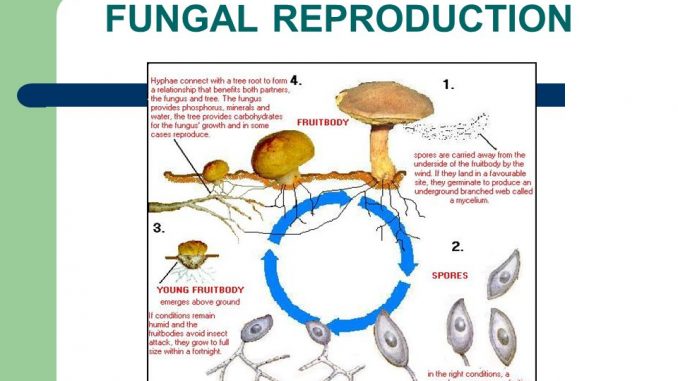
Reproduction In Fungi Asexual And Sexual Methods Online Biology Notes
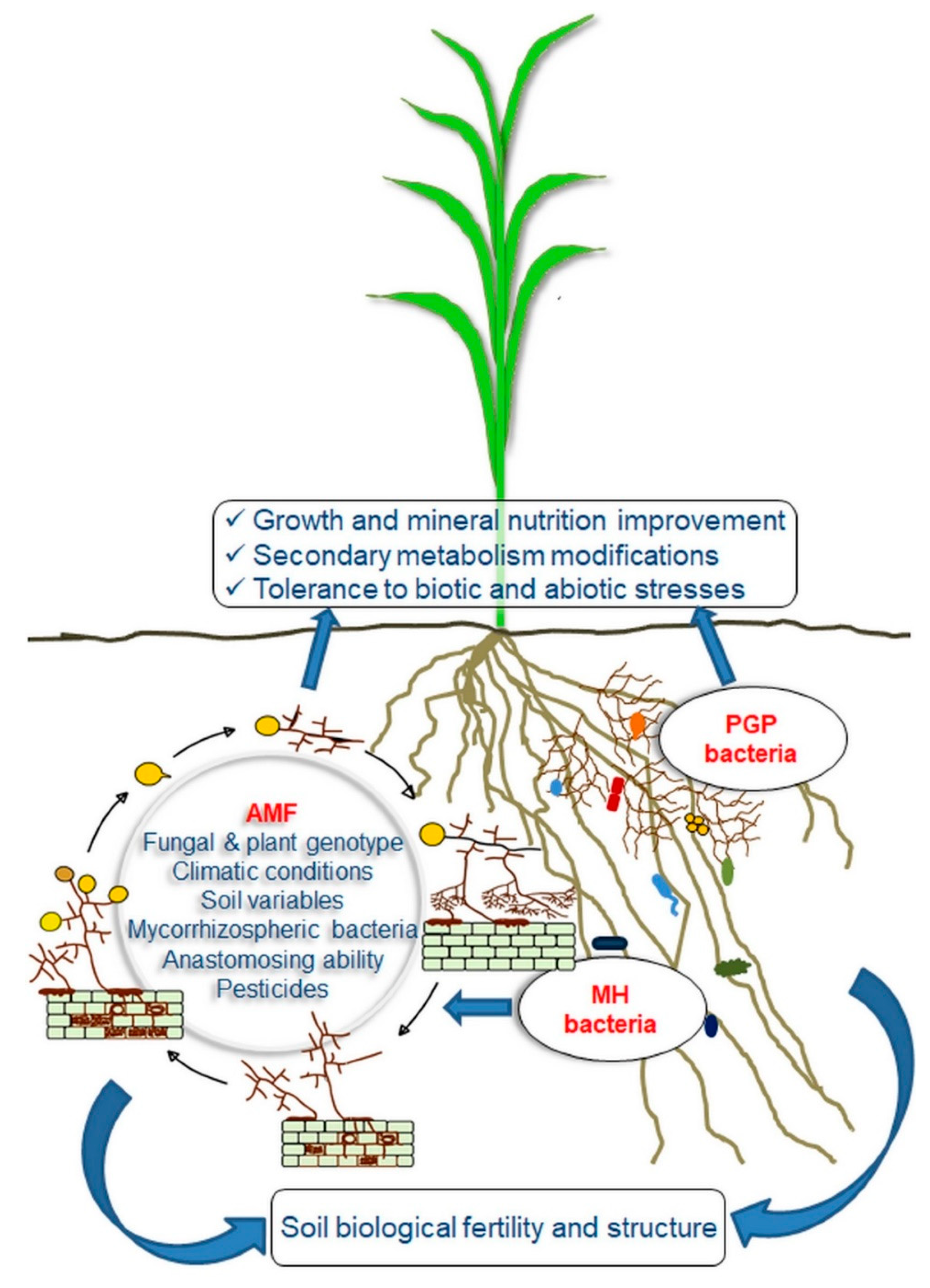
Agronomy Free Full Text Arbuscular Mycorrhizal Fungi And Associated Microbiota As Plant Biostimulants Research Strategies For The Selection Of The Best Performing Inocula Html

Basidiomycota The Club Fungi Biology For Majors Ii

Arbuscular Mycorrhizal Fungi Conducting The Hyphosphere Bacterial Orchestra Trends In Plant Science

